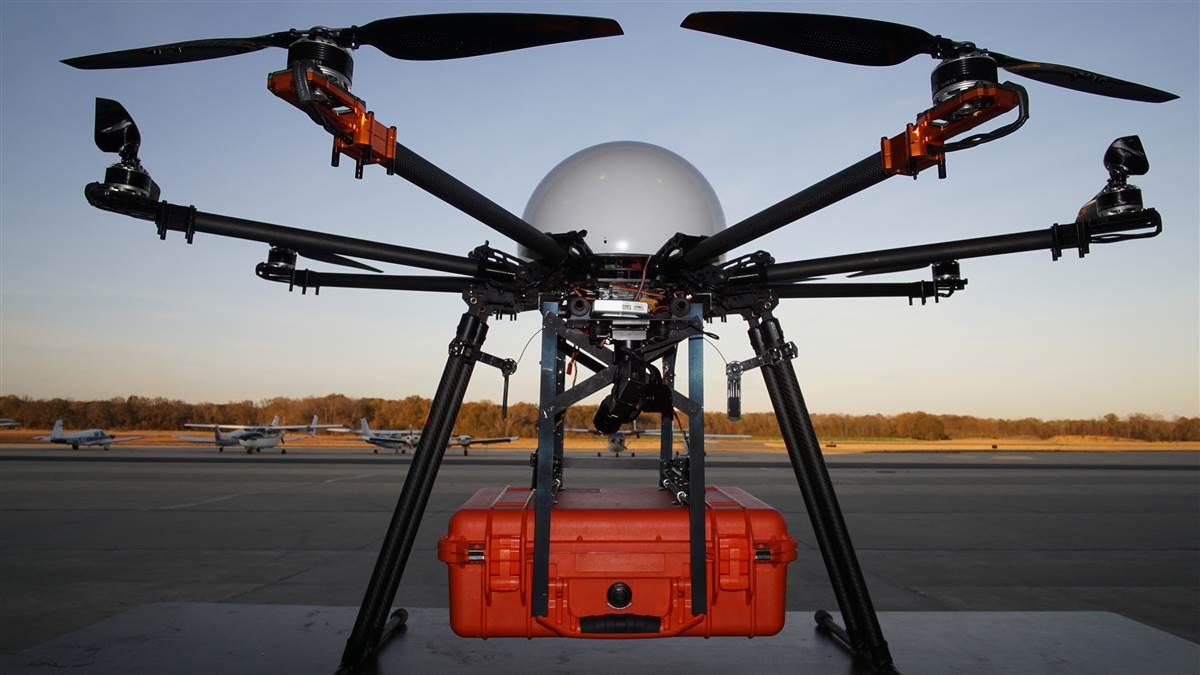

In many cases, using drones can be more cost-effective than traditional delivery methods, particularly when it comes to small, lightweight items. Moreover, drones can also help reduce the cost of medical supply delivery. This can be particularly crucial in emergency situations, where every minute counts. Drones, on the other hand, can bypass these obstacles and reach their destination much faster. In many developing countries, poor infrastructure and challenging terrain can make it difficult for traditional vehicles to deliver medical supplies in a timely manner. One of the main advantages of using drones for medical supply delivery is their ability to reach remote areas quickly and efficiently.

Since then, the company has expanded its operations to Ghana and is now working on launching its services in other countries, including the United States. For instance, in 2016, the American startup Zipline began using drones to deliver blood and medical supplies to remote clinics in Rwanda. In fact, several organizations and companies have already started testing and implementing drone delivery systems for this purpose. The idea of using drones for medical supply delivery is not new. This could have a significant impact on global health, particularly in developing countries where access to healthcare services is often limited. One of the most promising applications of drone technology is in the field of healthcare, where drones can be used to deliver medical supplies and equipment to remote or hard-to-reach areas. van Arem, B.Exploring the Potential of Drones for Medical Supply and Equipment Deliveryĭrones, also known as unmanned aerial vehicles (UAVs), have been making headlines in recent years for their potential to revolutionize various industries, from agriculture to filmmaking. Transportation Research Board (TRB) 99th Annual Meeting, →, Washington, D.C., United States Part of collection Proceedings of the 99th Annual Meeting TRB Event Transportation Research Board (TRB) Source When drones were introduced in the delivery fleet, indicators showed improvements in environmental aspects, service time and delivery costs, with a reduction of 9% in CO2 emissions, 12% in service time and 5.6% in cost per item. Performances were then analyzed through a comparative analysis.

A Large-scale Neighborhood Search lgorithm was implemented to solve the problem and derive the performance indicators associated with each scenario. Two scenario alternatives were tested using the Vehicle Routing Problem formulation. To gain new insights into the feasibility of introducing drones in the delivery fleet, drone applications were studied for the delivery operations of the pharmacy BENU ’t Slag, in Rotterdam. However, the application of drones in the pharmaceutical sector for home deliveries of medical products, has not been investigated yet. Research on drones as delivery vehicles is still in its early stages, with some practical trials carried out by leader companies such as Google and Amazon. Drone applications range from military training, surveillance, path recognition and shipment of perishable products in emergency situations. An alternative to road-bounded vehicles that has recently gained attention is the adoption of drones in parcel delivery. Although these vehicles provide a common and easy way to consign products, companies are striving for new transport technologies to reduce congestion, infrastructure limita tions and air pollution.

The term last-mile delivery refers to the final leg of a business-to-customer service, in which products are shipped from a depot to a destination point by means of land transportation, such as vans and small trucks. Van Duin, Ron (TU Delft Transport and Logistics) Using drones in the last-mile logistics processes of medical product delivery: A feasibility case study in Rotterdam


 0 kommentar(er)
0 kommentar(er)
